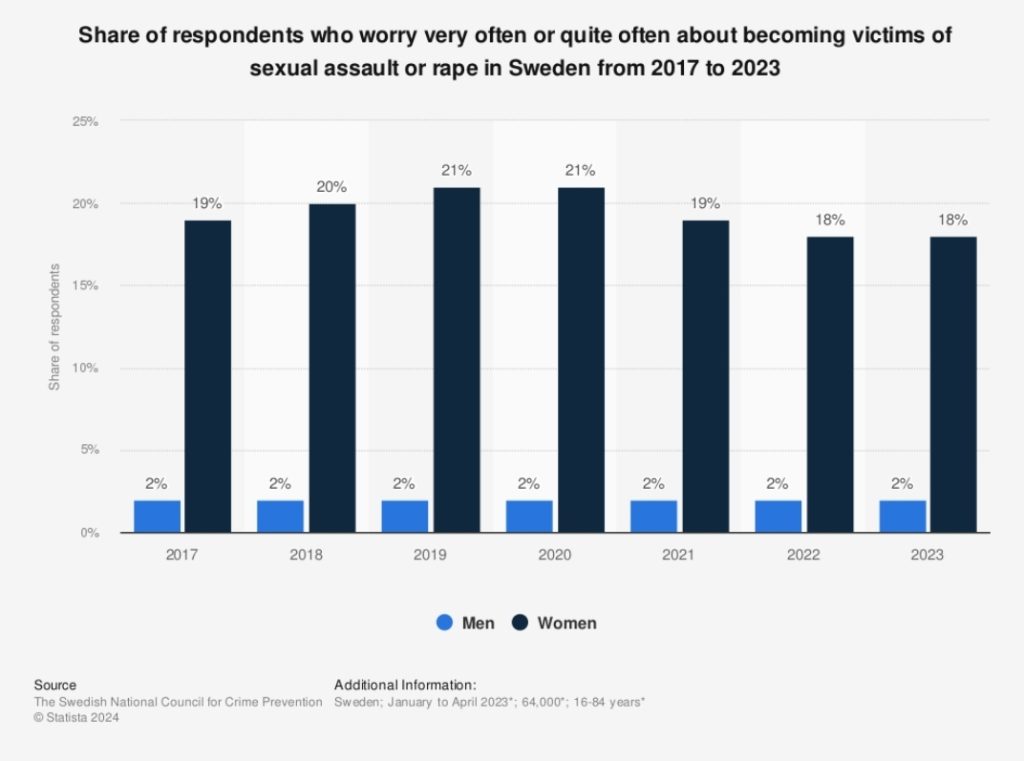Sweden Crime and Immigration Challenges: A CX Perspective on Balancing Stakeholder Expectations
Sweden’s recent struggles with crime and immigration policies provide an insightful case study for understanding customer experience (CX) management. By examining the complexities of stakeholder needs, the importance of transparency, and the challenges of integration, we can extract valuable lessons for CX professionals. Although Sweden faces significant issues, its strategies and reforms offer parallels to CX principles, which aim to create balance and trust in diverse environments.
Understanding the Needs of Diverse Stakeholders
Every CX strategy begins with identifying and addressing stakeholder needs. In Sweden’s case, the primary stakeholders include citizens, immigrants, and law enforcement. Citizens demand safety and trust in their communities, especially amid rising gang-related crimes and urban violence. Immigrants, on the other hand, seek better integration, opportunities, and fair treatment. Law enforcement must manage these expectations while operating within limited resources and legal constraints.
However, meeting such diverse needs is no small task. Just as in CX, Sweden’s government must tailor its policies to serve different groups effectively. Failing to address these varying demands risks alienating key stakeholders, leading to dissatisfaction and mistrust.
Challenges in Delivering Positive Experiences
Sweden’s rising crime rates, particularly gang-related violence, have created a perception of danger and disorder in several urban areas. Terms like “no-go zones” have surfaced, often exaggerating the situation and painting an inaccurate picture of Swedish society. This mirrors the CX challenge of managing negative narratives, which can erode customer confidence even when they’re based on misconceptions.
Moreover, issues like Sweden’s high reported rape rates complicate the situation further. While legal reforms and societal changes contribute to the rise in reporting, many interpret these statistics as a direct increase in crime. Similarly, in CX, businesses often face challenges when misunderstood data leads to poor customer perceptions, despite significant efforts to improve services.
Policies as CX Initiatives Regarding Sweden Crime and Immigration
Sweden has responded to its challenges with several policy reforms, which can be seen as CX initiatives designed to rebuild trust. For instance, the introduction of the Consent Law in 2018 aligns with the CX principle of addressing customer pain points. By expanding the definition of rape and focusing on consent, Sweden has shown its commitment to supporting victims and ensuring accountability.
In parallel, Sweden’s approach to gang violence emphasizes crime prevention through youth engagement programs and increased police presence. These efforts resemble targeted CX strategies aimed at addressing root causes of dissatisfaction while ensuring a safer environment for all.
The Role of Transparency and Data in Building Trust
Transparency is critical in CX, just as it is in Sweden’s efforts to combat misconceptions about crime. The term “no-go zones,” often used in international media, misrepresents certain urban areas. Swedish authorities prefer the term “vulnerable areas,” reflecting a need for additional resources rather than lawless zones. By providing accurate data and clarifying these terms, Sweden works to counteract harmful narratives and rebuild trust.
Similarly, businesses must rely on data-driven insights to correct customer misunderstandings and maintain transparency. Open communication about challenges and ongoing improvements helps organizations retain credibility, even in difficult times.
Integration as a Personalized Experience
Another crucial aspect of Sweden’s approach involves the integration of immigrants, which parallels the CX principle of personalization. Successful integration programs focus on providing tailored support, such as language training, employment opportunities, and cultural education. These efforts recognize that a one-size-fits-all approach cannot meet the diverse needs of immigrants.
Similarly, in CX, personalization ensures that businesses deliver value to customers by addressing their unique preferences and expectations. Just as Sweden’s integration policies aim to create a harmonious society, businesses must foster inclusivity and belonging among their customer base.
Lessons for CX Professionals in Sweden Crime and Immigration Context
Sweden’s challenges and responses offer several important lessons for CX professionals:
- Empathy Matters: Understanding the unique struggles of diverse groups is essential. Whether addressing citizen safety or immigrant integration, empathy drives meaningful solutions.
- Proactive Problem-Solving Works: Sweden’s legal reforms, such as the Consent Law, demonstrate the importance of identifying and addressing root causes of dissatisfaction.
- Transparency Builds Trust: By countering misconceptions with accurate data, Sweden mirrors how businesses can rebuild trust through open communication and honesty.
- Personalization Enhances Engagement: Tailored policies for immigrant integration emphasize the need for personalized experiences, a cornerstone of successful CX strategies.
- Consistency is Key: Like Sweden’s ongoing efforts to improve public safety, businesses must consistently deliver on their promises to maintain customer loyalty.

The Path Forward for Sweden Crime and Immigration, and CX
Sweden’s experience underscores the complexities of creating a safe and inclusive environment for all stakeholders. Simplistic narratives, like attributing all crime to immigration, fail to capture the multi-dimensional nature of the issue. Similarly, in CX, addressing customer dissatisfaction requires a nuanced approach that considers socio-economic, cultural, and operational factors.
Ultimately, Sweden’s efforts to balance safety and integration offer a blueprint for CX professionals. By embracing empathy, transparency, and personalization, organizations can navigate challenges and foster lasting trust. Sweden’s story reminds us that while the path to harmony is complex, it is achievable with thoughtful planning and commitment to shared values.
In both governance and CX, the goal remains the same: to build a community—or customer base—where everyone feels valued, supported, and secure.


